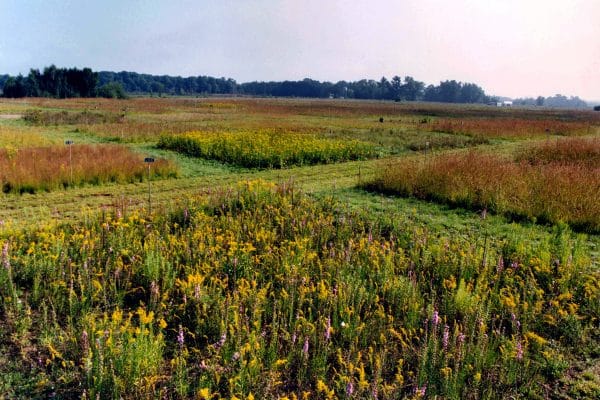Both local and landscape biodiversity needed to maintain ecosystem services
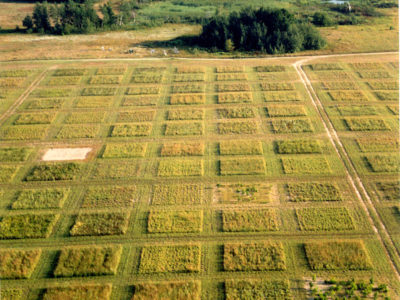
It stands to reason that a diverse biota would support a diverse range of ecological functions — and the experimental evidence has borne that out at the scale of species and plots. But does the same relationship hold at the scale of communities and landscapes? A large group of researchers, led by former Cedar Creek LTER… Read more »


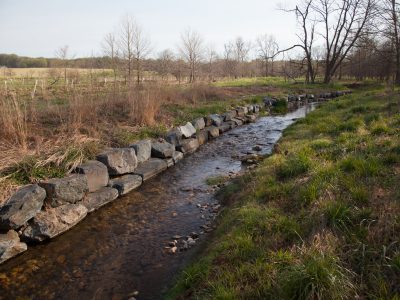
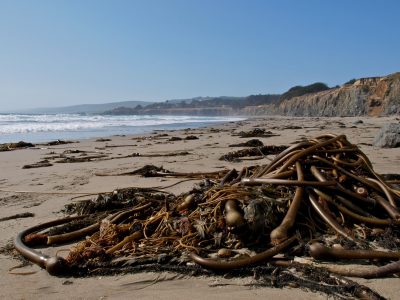
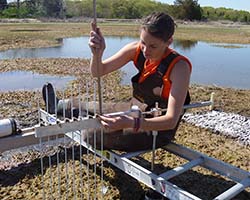
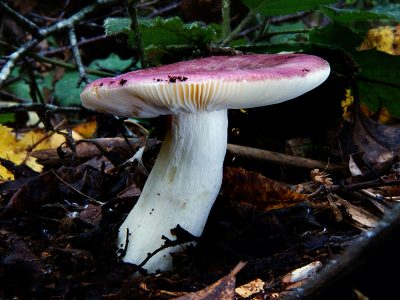
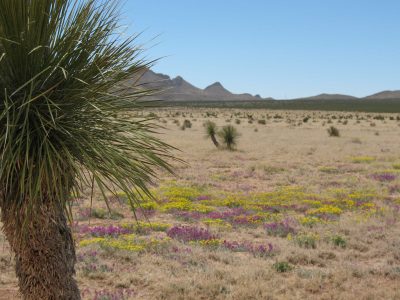
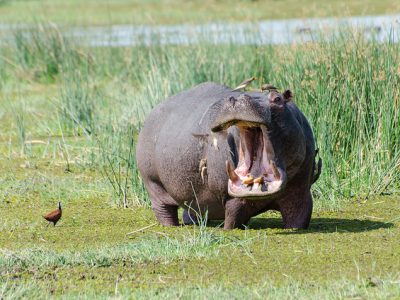
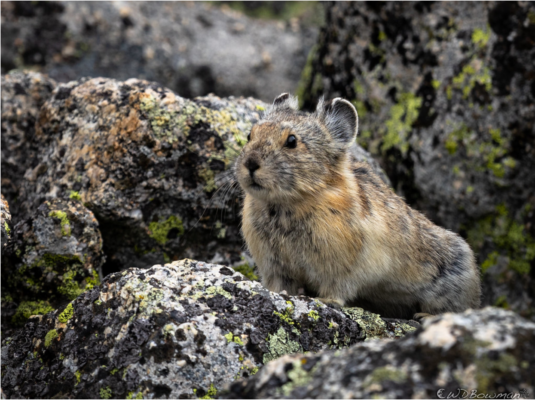
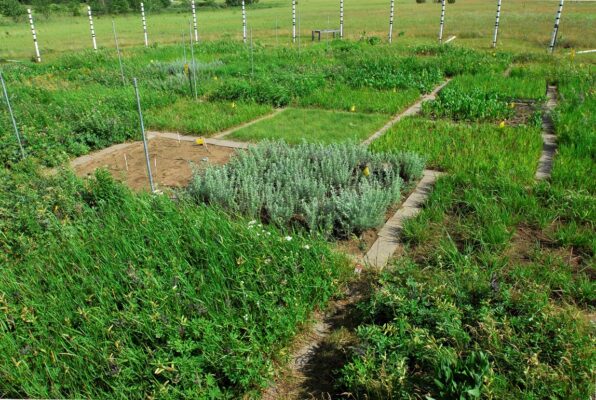
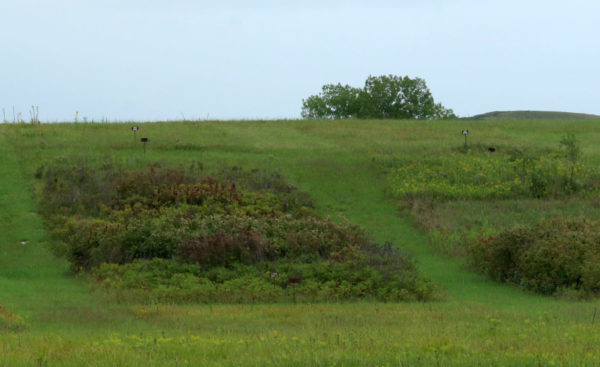 E Zambello/LTER Network Office
E Zambello/LTER Network Office 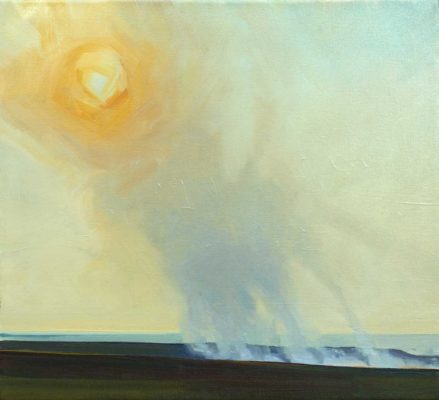
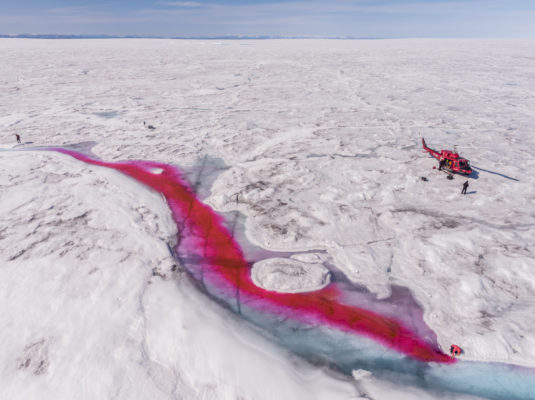
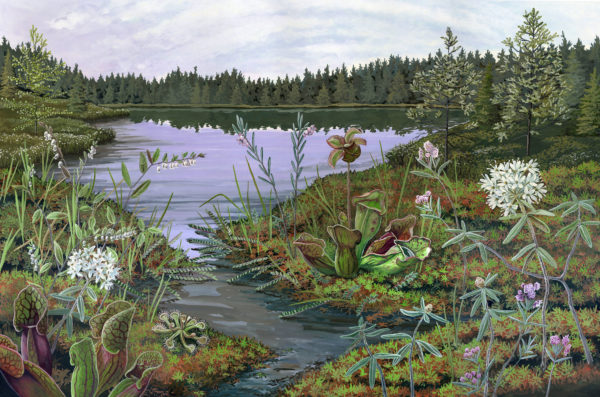
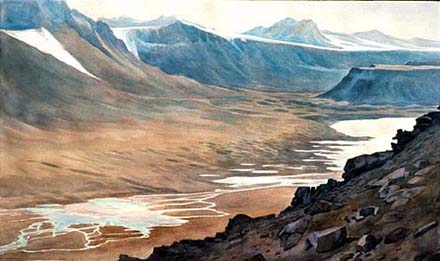
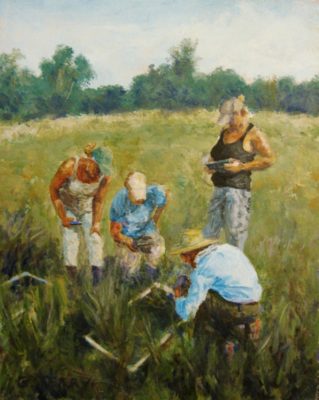
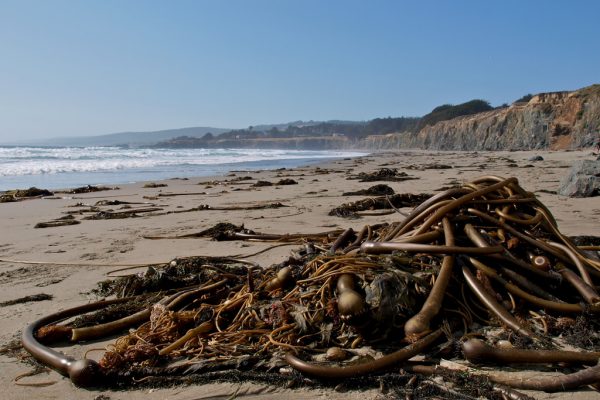 Ingrid Taylar.
Ingrid Taylar. 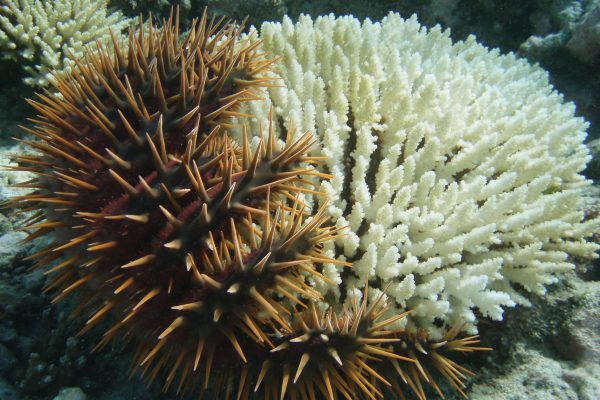 CC BY-SA 4.0" data-envira-gallery-id="site_images_45336" data-envira-index="9" data-envira-item-id="46180" data-envira-src="https://lternet.edu/wp-content/uploads/2017/11/P7193263-copy-600x400.jpg" data-envira-srcset="https://lternet.edu/wp-content/uploads/2017/11/P7193263-copy-600x400.jpg 400w, https://lternet.edu/wp-content/uploads/2017/11/P7193263-copy-600x400.jpg 2x" data-title="Crown-of-thorns Sea Star" itemprop="thumbnailUrl" data-no-lazy="1" data-envirabox="site_images_45336" data-automatic-caption="Crown-of-thorns Sea Star -
CC BY-SA 4.0" data-envira-gallery-id="site_images_45336" data-envira-index="9" data-envira-item-id="46180" data-envira-src="https://lternet.edu/wp-content/uploads/2017/11/P7193263-copy-600x400.jpg" data-envira-srcset="https://lternet.edu/wp-content/uploads/2017/11/P7193263-copy-600x400.jpg 400w, https://lternet.edu/wp-content/uploads/2017/11/P7193263-copy-600x400.jpg 2x" data-title="Crown-of-thorns Sea Star" itemprop="thumbnailUrl" data-no-lazy="1" data-envirabox="site_images_45336" data-automatic-caption="Crown-of-thorns Sea Star - 